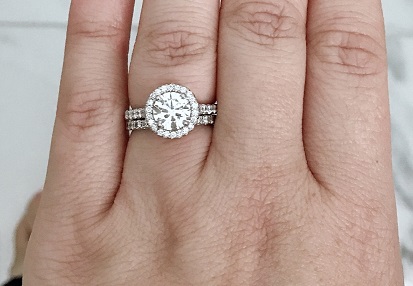Swiss watch exports fell 11% year on year to CHF 1.59 billion ($1.78 billion) in January, the 12th consecutive monthly drop, as demand slowed in the US and in key Asian markets.
Shipments to the US declined 11% to CHF 183.3 million ($204.5 million), partly because strong figures in January 2020 created an unfavorable comparison, the Federation of the Swiss Watch Industry said Thursday.
Supply to Hong Kong dipped 9% to CHF 169.3 million ($188.9 million) last month as market conditions deteriorated, while exports to the UK and Japan slumped due to the tightening of Covid-19 measures, it added. January also had one fewer business day than the same period a year earlier.
The negative figures outweighed a 58% jump in orders from China, for a total of CHF 255 million ($284.5 million), mirroring a continued recovery of the retail sector on the mainland.
Globally, cheaper watches saw a sharper downturn, with shipments of timepieces priced under CHF 200 ($223) sliding 31% by value. Exports of watches with wholesale prices ranging from CHF 200 to CHF 500 ($558) decreased 26%, while goods valued between CHF 500 and CHF 3,000 ($3,347) suffered a decline of 25%. Shipments of items above that price level slipped 4.1%.
The numbers point to a worsening of the situation versus December, when the global decline was the mildest since the start of the pandemic as Chinese demand rose. The trade hasn’t witnessed a year-on-year increase since January 2020.
“The result for the month will nonetheless have only a limited effect on the upward trend seen since last summer, and a return to significant growth is expected over the next few months,” the federation noted.
Source: Diamonds.net



